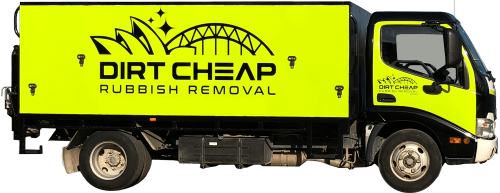The Ultimate Guide To Selecting The Appropriate Dumpster Dimension For Your Project
The Ultimate Guide To Selecting The Appropriate Dumpster Dimension For Your Project
Blog Article
Authored By-Sparks Snider
When embarking on a project that needs a dumpster, the size you pick can considerably impact its performance and cost-effectiveness. Imagine having the excellent container that fits all your waste without being exceedingly large or too small. It all begins with recognizing the subtleties of your project and picking a dumpster size that aligns with your specific needs. So, before you choose, think about the elements at play to make sure a smooth waste management procedure from beginning to end.
Variables to Take into consideration
When picking the best dumpster size, there are a number of essential variables to think about.
Initially, consider the type of waste you'll be taking care of. Various materials may call for differing amounts of area, so recognizing what you'll be placing in the dumpster is important.
Next off, evaluate the amount of waste you expect to generate. If you underestimate the quantity, you may need to make multiple journeys to dispose of everything, which can be troublesome and expensive. On the other hand, leasing a dumpster that's as well large can lead to unnecessary expenses.
Furthermore, take into consideration the space where the dumpster will certainly be put. Guarantee there suffices area for the dumpster to be supplied and grabbed with no blockages.
Last but not least, think of any weight constraints that might use. Going beyond the weight limitation can cause added fees or even the refusal of service.
Dumpster Dimension Alternatives
For choosing the ideal dumpster size, it's vital to have a mutual understanding of the offered options. Dumpster dimensions generally vary from 10 to 40 cubic backyards, with variants in between.
A 10-yard dumpster is suitable for tiny projects like a garage cleanout or a small improvement. If https://www.wastetodaymagazine.com/article/ayd-waste-services-lands-hauling-contracts/ -sized project such as a kitchen remodel or a basement cleanout, a 20-yard dumpster may be the ideal option.
For bigger jobs like a whole-house remodelling or business building, a 30 or 40-yard dumpster could be preferable to fit the quantity of waste generated.
When selecting a dumpster size, consider the quantity and kind of particles you expect to deal with. It's far better to pick a somewhat bigger dimension if you're unsure to avoid overfilling. Keep in residential construction dumpster , it's more cost-effective to rent a dumpster that fits your requirements as opposed to needing to get an additional one.
Matching Dimension to Project
Optimally matching the dumpster dimension to your project is essential for efficient waste management. To determine the ideal dimension, consider the extent and nature of your task.
For tiny household cleanouts or renovations, a 10-yard dumpster may be enough. These are normally 12 feet long and can hold around 4 pickup loads of waste.
For bigger jobs like redesigning multiple spaces or cleaning out a big estate, a 20-yard dumpster could be preferable. These are around 22 feet long and can hold roughly 8 pickup truck lots.
If you're tackling a significant construction job or industrial renovation, a 30-yard dumpster could be the very best fit. These dumpsters have to do with 22 feet long and can accommodate concerning 12 pickup loads of particles.
Matching the dumpster size to your task guarantees you have enough space for all waste materials without overpaying for extra ability.
Verdict
To conclude, choosing the best dumpster size for your job is crucial for effective waste disposal. By thinking about variables like the kind and amount of waste, room availability, weight limitations, and budget constraints, you can guarantee you have the suitable dimension dumpster for your requirements. See to it to match the size of the dumpster to the extent and nature of your task to avoid overspending on unnecessary costs.
